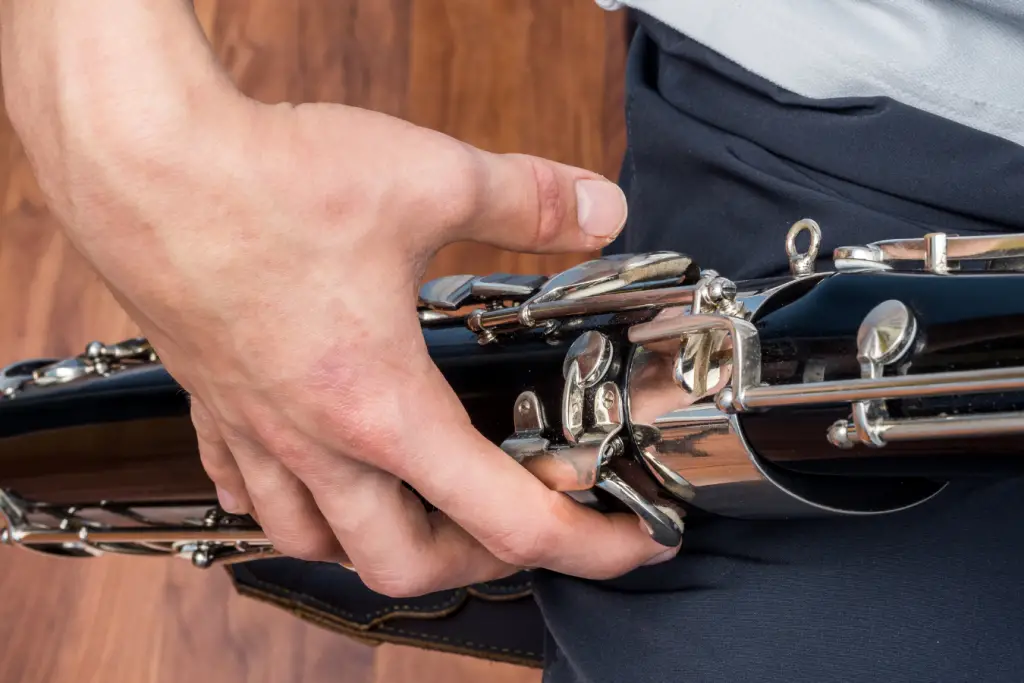Playing the bassoon comfortably is essential for developing good technique and preventing strain. Proper adjustments to your instrument, posture, and hand position can significantly improve your playing experience. Here are key considerations to ensure a comfortable playing setup.
1. Proper Posture
Good posture is the foundation of comfortable bassoon playing.
- Sit up straight: Keep your back aligned and shoulders relaxed.
- Keep feet flat on the floor: This helps maintain stability and balance.
- Adjust chair height: Ensure your knees are slightly lower than your hips to support proper playing posture.
2. Adjusting the Seat Strap or Harness
The bassoon’s weight can cause discomfort, but using the right support can alleviate strain.
- Seat Strap:
- Position it so the bassoon is stable and does not require excessive hand pressure.
- Adjust its placement to keep the instrument at a comfortable angle.
- Neck or Shoulder Strap:
- A harness can help distribute weight evenly if you prefer standing.
- Adjust the strap to ensure the bassoon’s bocal reaches your mouth naturally without excessive bending.
3. Hand Position and Thumb Rest
Proper hand positioning prevents tension and fatigue.
- Left Hand:
- Adjust the hand to reach the tone holes comfortably without straining fingers.
- Ensure the first finger comfortably supports the whisper key.
- Right Hand:
- Adjust the right-hand thumb rest to align with your hand’s natural shape.
- Avoid excessive tension in the fingers when covering tone holes.
- Thumb Position:
- Ensure thumbs are placed naturally on keys, reducing unnecessary strain.
4. Bocal and Reed Placement
- Bocal Angle:
- The bocal should be positioned so the reed naturally reaches your mouth.
- Adjust the bocal’s curve to avoid excessive neck bending.
- Reed Alignment:
- The reed should sit comfortably between your lips without excessive jaw pressure.
- Experiment with reed depth in your mouth to find the most relaxed position.
5. Instrument Angle and Balance
- Bassoon Angle:
- The instrument should rest diagonally across your body, not straight up and down.
- Adjust the seat strap or harness to find a natural resting position.
- Balancing the Bassoon:
- Avoid gripping too tightly to prevent hand fatigue.
- Let the instrument’s weight rest on your support system rather than your hands.
6. Adjusting Key Tension
Some bassoons allow for key tension adjustments, which can improve comfort.
- Check spring tension: If keys feel too stiff, a repair technician can adjust the resistance.
- Ensure smooth key action: If some keys feel sluggish, cleaning or minor adjustments may be needed.
7. Taking Breaks and Stretching
- Short Breaks:
- Regularly relax your hands and shoulders between practice sessions.
- Stretching Exercises:
- Stretch fingers, wrists, and arms to prevent stiffness.
- Roll shoulders and gently stretch your neck to relieve tension.
Conclusion
Adjusting your bassoon for comfort ensures a more enjoyable and pain-free playing experience. By refining posture, support, hand position, and instrument balance, you can focus on improving your technique and sound without discomfort. Experiment with these adjustments to find what works best for you!

